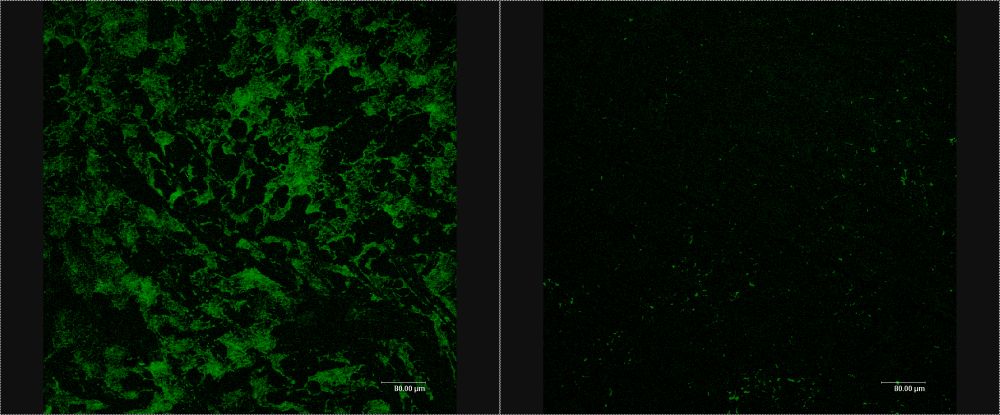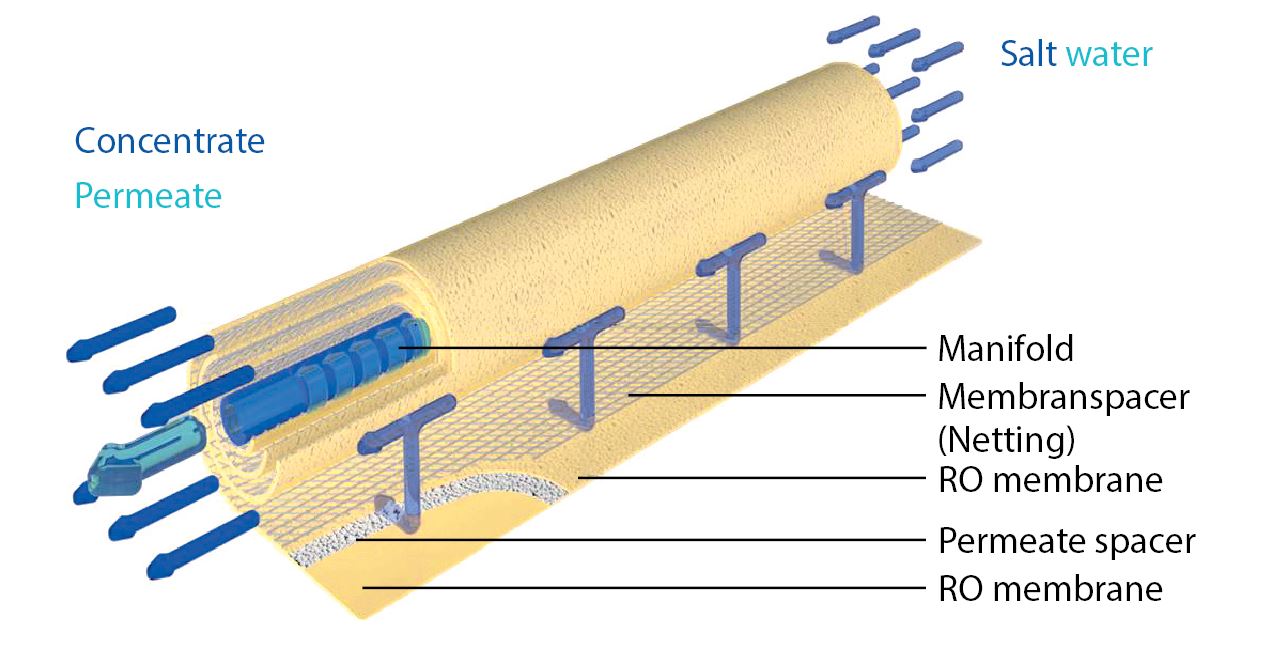Optimised surfaces for reverse osmosis modules result in better performance
Clean drinking water is a valuable commodity, which unfortunately is not in sufficient supply in all countries of the world because of the lack of fresh water springs. An energy efficient method to extract usable drinking water from salt or brackish water is the so-called membrane filtration in a reverse osmosis process.


Semipermeable ceramic or polymer membranes are used for reverse osmosis through which water is pressed to separate the dissolved salt from the water; an important element in the reverse osmosis modules – so-called modules for fresh water extraction, where many membranes are layered on top of each other (also called nettings). These function as spacers between single membranes and form the channels for the salt water that flows through. These membrane spacers are prone to becoming clogged up by the deposit of soluble, suspended particles, salt crystals and microorganisms (bio-fouling). When these deposits occur, they clog up the reverse osmosis module and the filtration performance is decreased and ultimately the module fails.
In the project »Innovative Membrane Spacers«, which runs until 28th February 2019, experts at the Fraunhofer Institute for Microstructure of Materials and Systems IMWS Halle (Saale) are jointly working with IAB Ionenaustauscher GmbH Bitterfeld (LANXESS AG) on a method to stop the bio-fouling process in reverse osmosis». We want to condition the membrane spacers in such a way that none of the suspended particles and bacteria can stick to the spacers« says Magdalena Jablonska, chemical engineer and employee at Fraunhofer IMWS. For this, the scientists use plasma and wet-chemical technologies to produce thin, hydrophilic and charge neutral coatings on the membrane spacer surfaces. This forms a hydrogel type of barrier layer, onto which suspended particles and microorganisms can barely stick (antifouling effect). In order realise this approach, research-specific assessments of the anti-adhesive or rather anti-microbial properties of the coated surface must be carried out first. The susceptibility to bio-fouling having been tested in application-oriented scenarios, the implementation of the developed coating technologies is tested on a roll-to-roll system. For this, the IAB is conceptualising the technical implementation of the developed coating methods on an industrial level at the production site in Bitterfeld.
There will be fewer maintenance cycles, less material damage and wear and tear to the modules when the process of bio-fouling can be reduced. This will facilitate a significantly more energy saving and cost effective operation of membrane modules, which will benefit many people« Dr Ulrike Hirsch, project leader at the Fraunhofer IMWS, evaluates the research project in conclusion.
